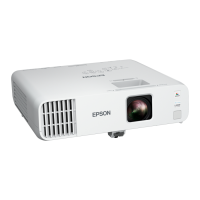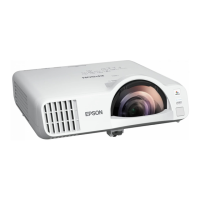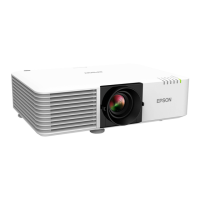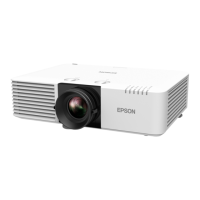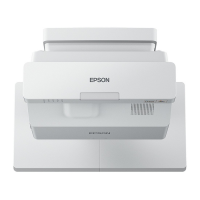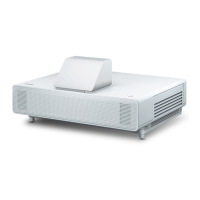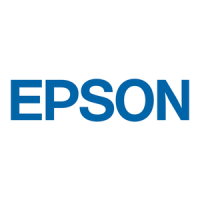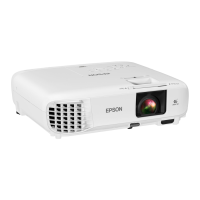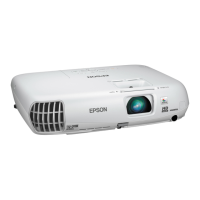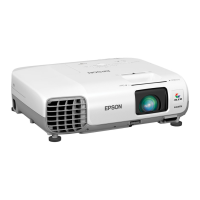30
1. Connect the HDMI cable to your computer's HDMI output port.
2. Connect the other end to one of the projector's HDMI ports.
Note: The projector converts the digital audio signal sent from your computer into a mono analog signal
for the internal speaker or a stereo analog signal if you are connecting to external speakers. (Make sure
the HDMI audio playback device on your computer's audio settings is set to EPSON PJ.)
Note: If you have problems hearing audio through the HDMI connection, you can use one of the
projector's audio ports instead to play sound. Connect one end of an optional 3.5 mm stereo mini-jack
audio cable to one of the projector's audio ports and the other end to your computer's audio out port.
Then select the audio port you connected to as the HDMI1 Audio Output or HDMI2 Audio Output
setting in the Signal I/O menu.
Parent topic: Connecting to Computer Sources
Connecting to a Computer for VGA Video and Audio
You can connect the projector to your computer using a VGA computer cable.
Note: To connect a Mac that includes only a Mini DisplayPort, Thunderbolt port, USB-C port, or Mini-DVI
port for video output, you need to obtain an adapter that allows you to connect to the projector's VGA
video port. Contact Apple for compatible adapter options.
Note: To project an image source connected to the Computer2/Monitor Out port, set Monitor Out Port
to Computer2 in the projector's Signal I/O menu. You can also set the port to input audio when
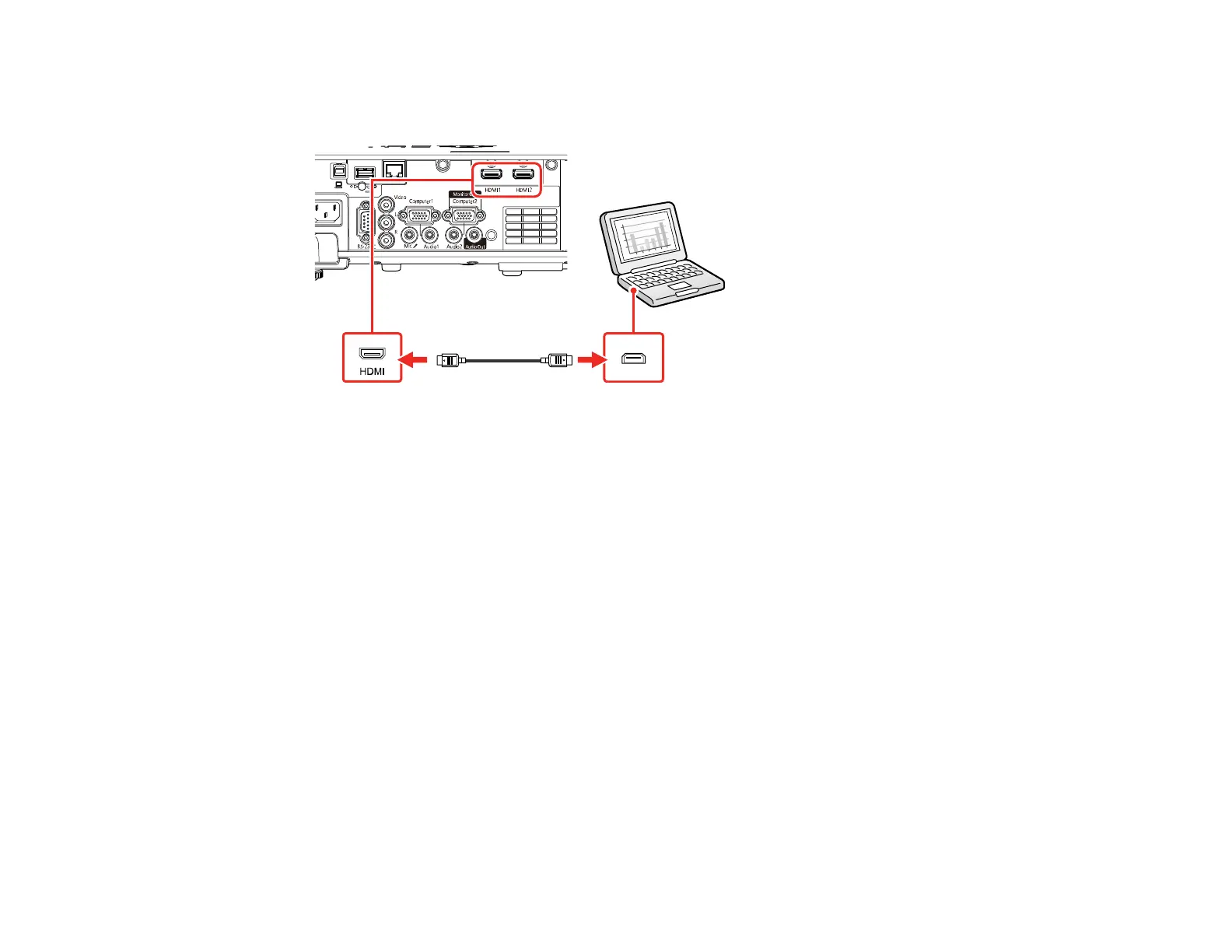